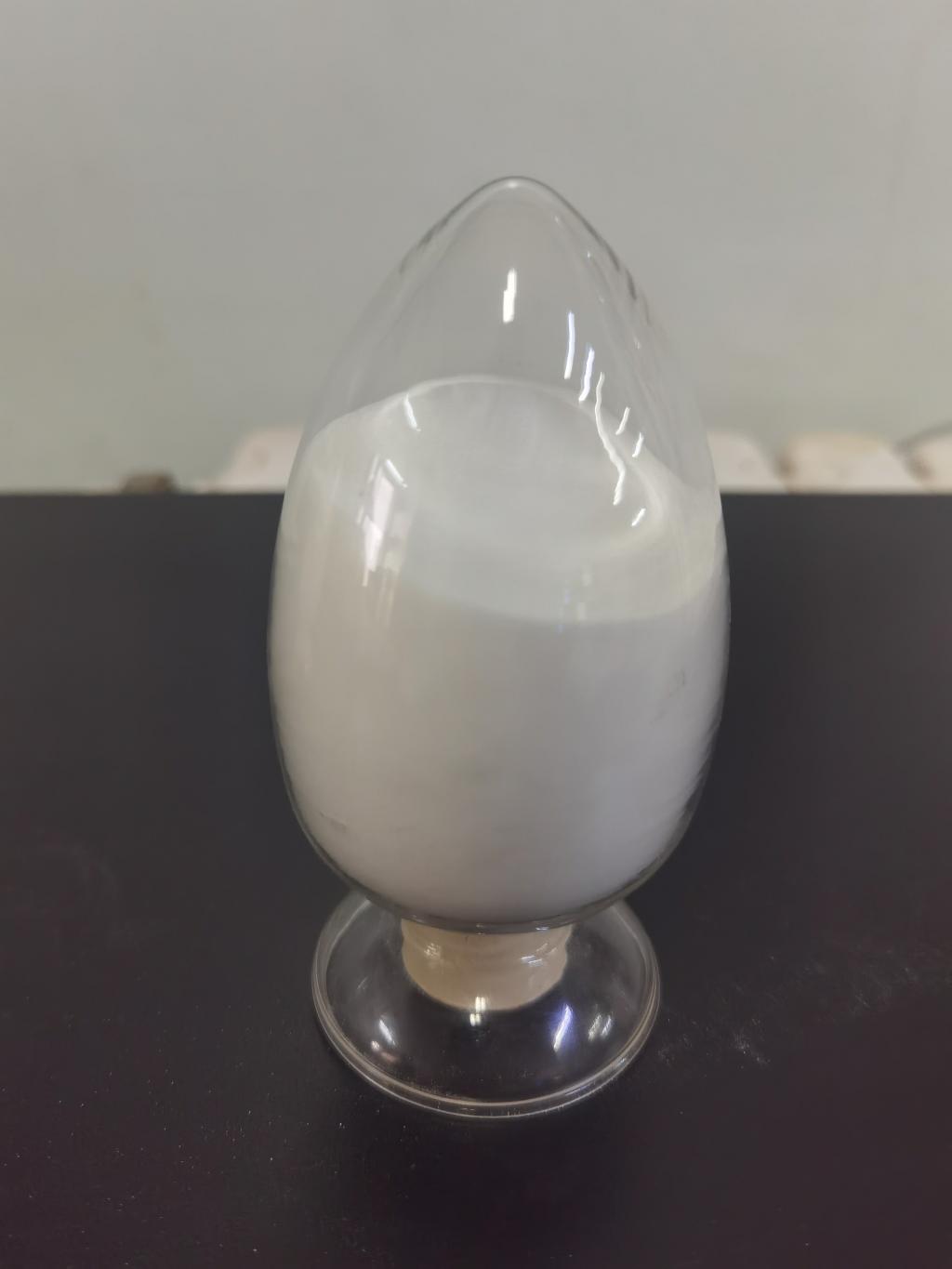Tel:0086 18231198596

News
Ongoing studies explore the potential of ε-Polylysine hydrochloride.
TIME:2024-04-10
Understanding ε-Polylysine Hydrochloride:
ε-Polylysine Hydrochloride, also known as poly-L-lysine hydrochloride, is a biodegradable, cationic polymer composed of lysine monomers linked by peptide bonds. It is typically produced through fermentation by certain strains of bacteria, making it a natural and sustainable material. The compound is water-soluble and can be easily modified to achieve desired properties, such as molecular weight and charge density, through controlled synthesis methods.
One of the key attributes of ε-Polylysine Hydrochloride is its antimicrobial activity against a wide range of microorganisms, including bacteria, fungi, and viruses. This activity is attributed to its ability to disrupt the cell membranes of target organisms, leading to cell lysis and ultimately, microbial death. Unlike traditional antimicrobial agents, which may pose environmental or health risks, ε-Polylysine Hydrochloride is considered safe for use in textiles and other consumer products.
Applications in Antimicrobial Textiles:
The antimicrobial properties of ε-Polylysine Hydrochloride make it well-suited for incorporation into textiles, where microbial contamination can pose risks to health and hygiene. By imparting antimicrobial functionality to textiles, ε-Polylysine Hydrochloride can help reduce the growth and spread of harmful microorganisms, thereby enhancing the safety and cleanliness of textile products.
Some of the key applications of ε-Polylysine Hydrochloride in antimicrobial textiles include:
Healthcare Textiles:
In healthcare settings, textiles such as hospital gowns, bed linens, and wound dressings are susceptible to contamination by pathogenic microorganisms. By incorporating ε-Polylysine Hydrochloride into these textiles, manufacturers can create antimicrobial barriers that help prevent the transmission of infections and promote patient safety.
Personal Protective Equipment (PPE):
With the ongoing concerns surrounding infectious diseases and pandemics, the demand for antimicrobial PPE has surged. ε-Polylysine Hydrochloride can be used to impart antimicrobial properties to face masks, gloves, and other protective garments, providing an additional layer of defense against microbial contamination.
Sports and Outdoor Apparel:
Sports and outdoor apparel are often exposed to sweat, moisture, and environmental contaminants, creating an ideal environment for microbial growth. By incorporating ε-Polylysine Hydrochloride into fabrics, manufacturers can create antimicrobial textiles that help reduce odor, mold, and mildew, thereby enhancing comfort and durability.
Home Textiles:
In residential settings, textiles such as bedding, towels, and upholstery can harbor harmful bacteria and allergens. Antimicrobial textiles containing ε-Polylysine Hydrochloride can help mitigate these risks, creating a cleaner and healthier environment for occupants.
Potential Impact on Diverse Industries:
The development of antimicrobial textiles using ε-Polylysine Hydrochloride has the potential to have a significant impact across diverse industries. By enhancing the functionality and safety of textiles, ε-Polylysine Hydrochloride can address a wide range of challenges and meet evolving consumer needs.
In the healthcare sector, antimicrobial textiles can help reduce the risk of healthcare-associated infections (HAIs), which pose a significant burden on healthcare systems worldwide. By incorporating ε-Polylysine Hydrochloride into hospital textiles, healthcare facilities can improve infection control practices and enhance patient outcomes.
In the personal protective equipment (PPE) industry, antimicrobial textiles can provide added protection against infectious diseases, particularly in high-risk environments such as hospitals, laboratories, and public transportation. By incorporating ε-Polylysine Hydrochloride into PPE, manufacturers can enhance the effectiveness and safety of these critical products.
In the sports and outdoor apparel sector, antimicrobial textiles can help athletes and outdoor enthusiasts stay fresh and comfortable during physical activity. By reducing odor-causing bacteria and mold growth, textiles containing ε-Polylysine Hydrochloride can improve wearer comfort and extend the lifespan of garments.
In the home textiles market, antimicrobial textiles can contribute to a cleaner and healthier living environment for consumers. By incorporating ε-Polylysine Hydrochloride into bedding, towels, and upholstery, manufacturers can help mitigate the spread of bacteria and allergens, promoting overall health and well-being.
Regulatory Considerations and Safety:
As with any material used in consumer products, ensuring the safety and regulatory compliance of ε-Polylysine Hydrochloride is essential. Regulatory agencies such as the U.S. Environmental Protection Agency (EPA) and the European Chemicals Agency (ECHA) have evaluated the safety of ε-Polylysine Hydrochloride and established guidelines for its use in textiles and other consumer products.
Furthermore, ε-Polylysine Hydrochloride is generally recognized as safe (GRAS) for use in food contact materials and medical devices, reinforcing its status as a safe and effective antimicrobial agent. Manufacturers are required to adhere to relevant regulatory standards and conduct thorough testing to ensure the safety and quality of products containing ε-Polylysine Hydrochloride.
Future Perspectives:
Looking ahead, the development of antimicrobial textiles using ε-Polylysine Hydrochloride is poised to continue as researchers and manufacturers explore new applications and formulations. Advances in materials science and nanotechnology may lead to the development of novel ε-Polylysine Hydrochloride-based textiles with enhanced antimicrobial properties and durability.
Additionally, increased collaboration between academia, industry, and regulatory agencies will facilitate the safe and responsible deployment of ε-Polylysine Hydrochloride in antimicrobial textiles. By addressing emerging challenges and meeting evolving consumer needs, ε-Polylysine Hydrochloride has the potential to revolutionize the textile industry and enhance the safety and well-being of individuals worldwide.
Conclusion:
In conclusion, ongoing studies are exploring the potential of ε-Polylysine Hydrochloride in the development of antimicrobial textiles for various industries. By imparting antimicrobial properties to textiles, ε-Polylysine Hydrochloride can help reduce the growth and spread of harmful microorganisms, thereby enhancing safety, hygiene, and comfort. With its unique properties and versatile applications, ε-Polylysine Hydrochloride has the potential to make a significant impact on the textile industry and improve the quality of life for individuals around the world.

 CONTACT
CONTACT




